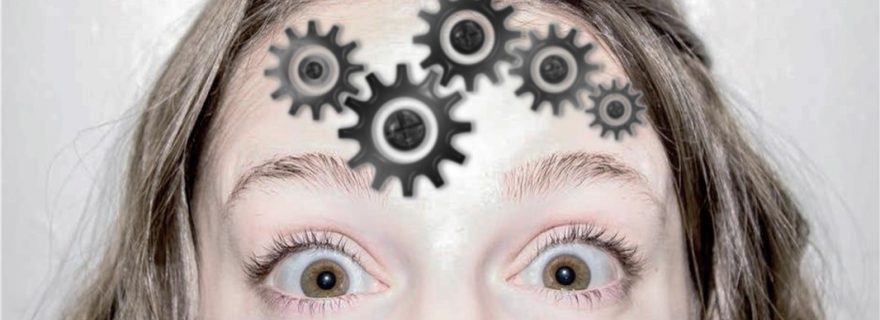Intelligent pupils: What your pupil size tells you about your intelligence
To signal that you can tell a lot about someone just by looking at them, people often say: “The eyes are the window to the soul.” However, pupillometry studies suggest that the proverb's more accurate version is “The eyes are the window to intelligence.”
The idea that someone’s intelligence is reflected in their physical appearance has been around since the eighteenth century. At that time, people were convinced that bumps and dents in the skull showed one’s preferences, skills, and over-all intelligence. While this idea has long been refuted, the main idea that intelligence and appearance are related has not. In fact, decades later various researchers examine intelligence in context of a very small appearance-related characteristic – the pupil.
A 2010 study, for instance, closely examined the relationship between pupil size and intelligence and interestingly found that intelligent people have a larger pupil size than unintelligent people. The authors think that this is due to the fact that intelligent people have more cognitive resources (i.e. ways to deal with cognitive demands) than unintelligent people. Because intelligent people have more of those resources, they can use more of them during a task than their less-intelligent peers. The pupils then reflect how much of these cognitive resources are used: The more resources are used, the larger the dilation of the pupils. This explains why intelligent people, who have more and use more resources, would have a larger pupil size during tasks than unintelligent people.
However, an earlier study had concluded exactly the opposite: Intelligent people have a smaller pupil size, while unintelligent people have a larger one. They believed that intelligent people were more efficient with their resources, rather than them having more resources, than unintelligent people. So, according to them, intelligent people need to use fewer resources, and their pupils reflect that: They dilate not as much as the pupils of the unintelligent people, who need to use more resources.
Although the two studies may sound contradictory, they actually support the same idea: Pupils reflect how much resources are used. The question, however, then remains: Does intelligence cause more resources to be used or less?
Hayes and Petrov say that it might depend on the situation, which complicates the relationship between intelligence and pupil size even more. They suggest that easy tasks puts intelligent people in an exploitative, fast-paced mode, while unintelligent people may stay in an explorative, slow-paced mode. This fast-paced mode requires less resources, which explains why intelligent people were found to have smaller pupils than unintelligent people. On the other hand, difficult tasks prompt the opposite pattern: Intelligent people now employ the slow-paced mode, while unintelligent people do not. This explains why the early study found that intelligent people have a large pupil size, while unintelligent people have a smaller one. This approach is actually well supported in the literature, and explains why intelligent people are reported to have both a smaller as well as a larger pupil size compared to unintelligent peers.
So, the relationship between intelligence and pupil size is a complex one, which apparently depends on the situation. If you are in a stressful situation, look people in the eyes; if you see large pupils all around you, then you find yourself surrounded by very intelligent people. If you see this, however, when you look someone in the eyes during coffee drinking, then intelligence is probably not that person’s strong point.


0 Comments